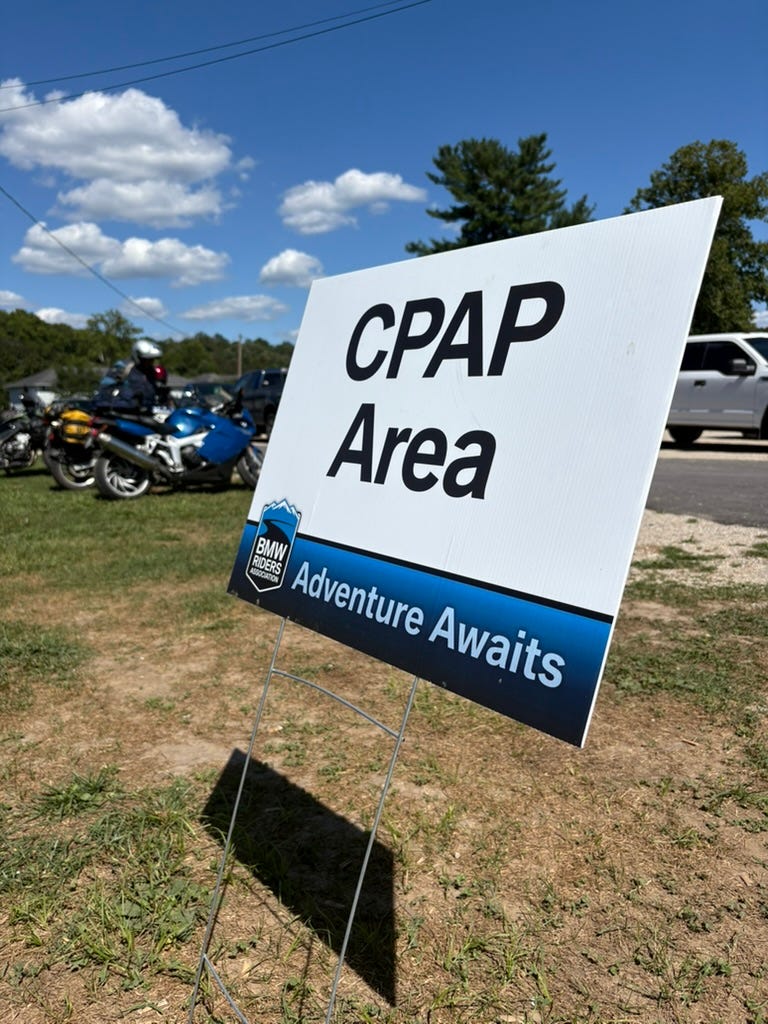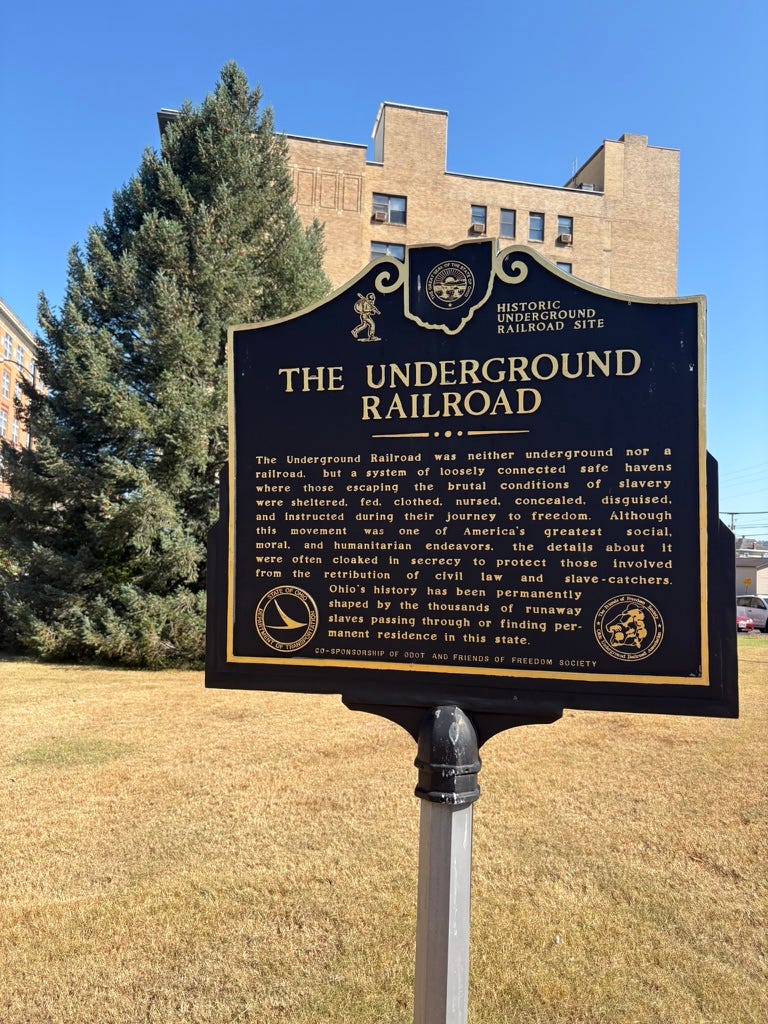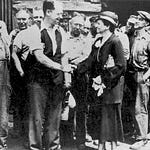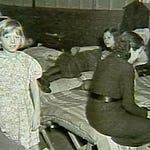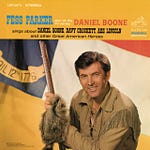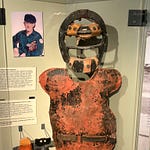I rode my motorcycle to Athens, Ohio, for a BMW Riders Association rally over the Labor Day weekend. Some of my non-riding friends assume rallies are always boozy events with wet T-shirt contests, but rallies are as diverse as the people who sponsor and attend them. The quieter variety just doesn’t make the headlines.
The BMW rallies I attend feel more like family reunions—the chance to connect with like-minded friends and swap stories about destinations, roads, motorcycle mishaps, and everything except politics and religion. Honestly, I can’t tell you what most of my riding friends do (or did) for their livelihoods. We’re too busy enjoying the one thing we have in common: a deep love of motorcycles and the road.
Many rallygoers camp on the grounds, which adds to the sense of community—and sometimes the humor. Case in point: this sign I spotted. If you don’t see the unintended humor, give it a minute.
I extended my time in Southeastern Ohio for another week so I could do deep research for the book I’m writing for the University of Illinois Press, tentatively titled, Along the Ohio: Stories the River Still Holds.
While in Marietta—a river city that was the first settlement in the Northwest Territory—I learned that one of the most respected makers of historical markers is headquartered there. This is the kind of serendipity that makes my pulse race.
Please treat yourself to this video about Sewah Studios, which includes scenes from each phase of the manufacturing process. I’ve watched it a couple of times now.
Evolution of a Late-Blooming History Buff
I didn’t study history in college, mostly because I wasn’t cut out for teaching (which is what I thought the field would necessarily lead to). Besides, my parents weren’t about to bankroll a degree without a solid career plan, so I majored in business. What’s funny is that the part of business that has always fascinated me is its role in cultural history. But that’s a story for another day.
Motorcycle travel became my history professor. Out on the road, I’ve picked up lessons in geology and paleontology (Wyoming is top-notch in that department), along with human and cultural history, and plenty of “what-happened-right-here” lessons. Despite my history education being scattershot—it’s more like postcards than a sequenced curriculum—those fragments taught me to look harder at what’s missing, as well as what’s been preserved in public memorials and commemorations.
Side note: my kids will someday have the joy of sorting through the 1,000+ postcards I’ve collected on my travels. I’m not doing Swedish Death Cleaning on that collection.
I spent the better part of a day in Special Collections at Marietta College poring over brittle papers and pamphlets from 100+ years ago, and it occurred to me that the wording on some of the historical markers didn’t line up with what I was reading. So which version should we believe—the plaques or the papers?
You’d think the archives would settle it, but there’s a counterargument to sticking with what’s held in any one collection. After all, history is collected in many different places, and hauled across rivers and seas by descendants of those who lived it.
Think about it: history isn’t set in stone. New stories—and new information about old ones—surface all the time: in journals used as insulation for an old home, in the margins of a family Bible, in overlooked archives. Women’s lives are often missing from “the record,” as are the histories of marginalized and ostracized people.
I’m enamored with discovering new angles on old stories I thought I knew—the narratives erased or ignored because they didn’t matter to those entrusted with recording the news at the time.
When I asked the Special Collections librarian what it takes to get a marker approved, she gave me a wry smile. “Anyone can put up a sign on their property and call it a historical marker”—distinguishing between informal commemorations and the formal program. She continued, “But if you want the official emblem, or to be included in recognized history trails, you have to apply to the sponsoring organization.”
She went on to explain that Ohio’s formal system—with the Ohio History Connection’s emblem and inclusion on official trails or registries—is distinct from whatever individuals might erect on their own property. In other words, there is an “official” class of markers in Ohio, and acceptance into the state program is what makes the difference.
Still, this doesn’t ensure an error-free or fulsome accounting of the historical place or event being marked.
Sometimes local history projects—whether a roadside plaque, a county museum, or a “heritage tourism” trail—are there to reassure the hometown crowd of their historical importance, or to entice visitors to come and spend a little money. They elevate local heroes, polish away contradictions, and speak in absolutes—”first,” “leader,” “freedom’s shore.”
What they sidestep is what remains contested, unknown, or uncomfortable. That’s one reason why you can’t count on a marker to tell the full story; the other is the small space available for telling it.
Markers are written in their own moment, reflecting the priorities—and blind spots—of the people and institutions that sponsored them. What counted as “the story” a century ago may not be the story we’d choose to tell today. They bear the stamp of their time, and they age quickly. What once read as civic pride can, in hindsight, read as erasure.
And that gap between pride and omission is exactly where I’ve been finding the stories worth telling.
Case In Point: Portsmouth, Ohio
While in Portsmouth, Ohio, I had the good fortune to interview Dr. Andrew Feight, a professor of history at Shawnee State University and a leading authority on the Underground Railroad in southern Ohio. He pointed me to a marker on Shawnee State’s campus and noted some of its shortcomings. Read it for yourself and see what you notice:
The marker isn’t technically false, but it is partially true.
Take, for instance, “loosely connected safe havens.” The phrase makes the Underground Railroad sound casual or ad hoc. In reality, it was highly organized in some places, with networks of Black and white activists, churches, and communities. Sure, there was the occasional solo actor, I grant you that.
Or consider the list of services rendered, “nursed, concealed, disguised, and instructed.” It implies a universal experience, when the level of assistance varied widely depending on place and circumstance. It wasn’t like the Red Cross with a mission statement and list of services.
And then there’s the claim that this was “one of America’s greatest social, moral, and humanitarian endeavors.” That’s boosterism. It elevates the moral heroism of Ohioans while glossing over contradictions like Ohio’s Black Laws, violent resistance to Black settlement, and the complicity of locals who aided slave catchers.
The Case of Hannah Putnam
Here’s a story from Marietta, Ohio worth considering. David Putnam Jr. was the town’s most outspoken abolitionist, a banker turned activist whose home became its best-known Underground Railroad stop. There’s even a marker on Fort Street in his honor. What’s not mentioned are the laws and neighbors who made his work so noteworthy, including the state’s Black Laws.
Putnam is remembered in Marietta for his abolitionist zeal, but his entire family shared the danger. Hannah and the children lived with the constant risk that freedom seekers might be discovered under their roof. The children were so accustomed to the peril that they knew to close a door quickly and quietly if a stranger appeared, lest someone catch sight of a hidden guest.
One cold November night in 1844, Hannah went into labor as an angry mob gathered outside their house, riled by rumors that fugitives were being harbored there. David galloped across the Muskingum River for Dr. Cotton, leaving Hannah to wait while anti-abolitionists from Washington County, Ohio and from Wood County, Virginia (now West Virginia) threatened to storm the home and tear it down.
Neighbors stepped in to protect her. Dr. John McCoy, described in the press as a tall, swarthy man whose black cape and broad-brimmed hat gave him a forbidding silhouette, stood guard with other prominent citizens, including Caleb Emerson, Col. Augustus Stone, and Cortland Sheperd. They urged the mob to disperse, reminding them that no one had a warrant and no enslaved person had actually been seen inside.
Still, the night and Hannah’s labor dragged on. Hours passed as the mob pressed and muttered outside, until a cold rain began to fall. At last, even the Virginians admitted they would follow Dr. McCoy’s example and go home rather than endure the weather.
By the time Dr. Cotton returned, the danger had ebbed, and Hannah delivered her sixth child in safety.1
It was one of many nights when principle and peril shared the same roof—and one that ought to put Hannah’s name on a plaque alongside her husband’s
Her absence from David’s marker is exactly what I mean when I talk about the tension between boosterism and reckoning. Markers often tell a polished version of events, but the fuller story, the one that lingers in archives and family memory, reveals who’s been left out.
In summary: historical markers are useful starting points, but they rarely tell the whole story. The real work—and the real discovery—comes when you dig past the plaque. That’s what I’ve been doing here on The 981 Project and what I’ll show you when Along the Ohio is published.
Next time you see a marker, take a moment to look for grand pronouncements and ask what might be missing. Did the “great man” of history have a wife or partner? Wonder what her life was like?
When a marker says “the first ever,” ask yourself why it was the first ever—and what story lies behind the milestone. Those are the spaces my research keeps leading me into, whether I arrive by motorcycle or by way of an archive box.
Louise Zimmer, “Hiding Slaves a Dangerous Activity,” Marietta Times, December 17, 1986.



